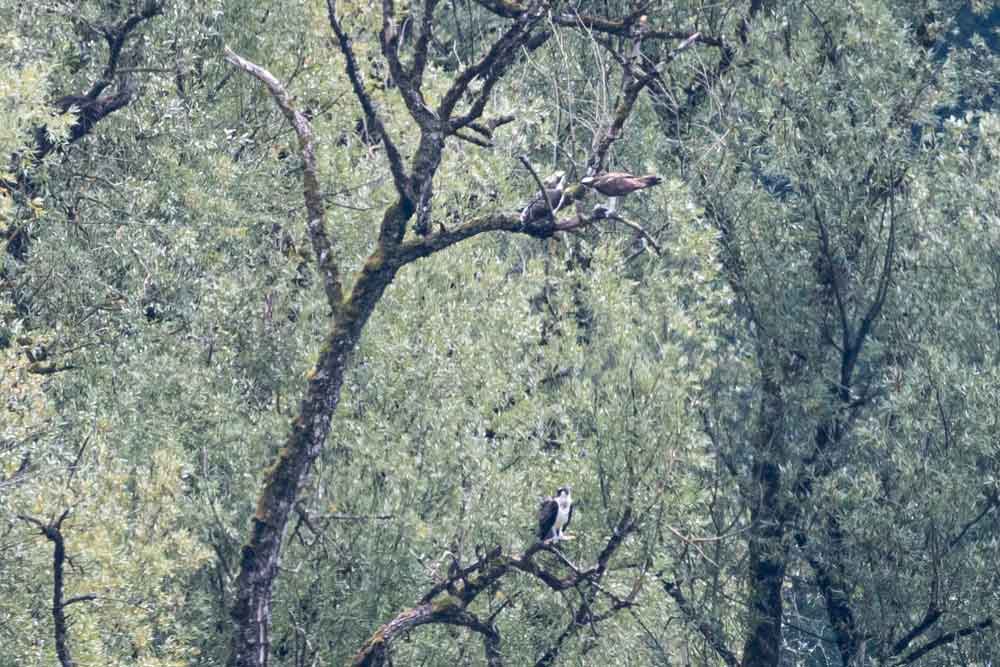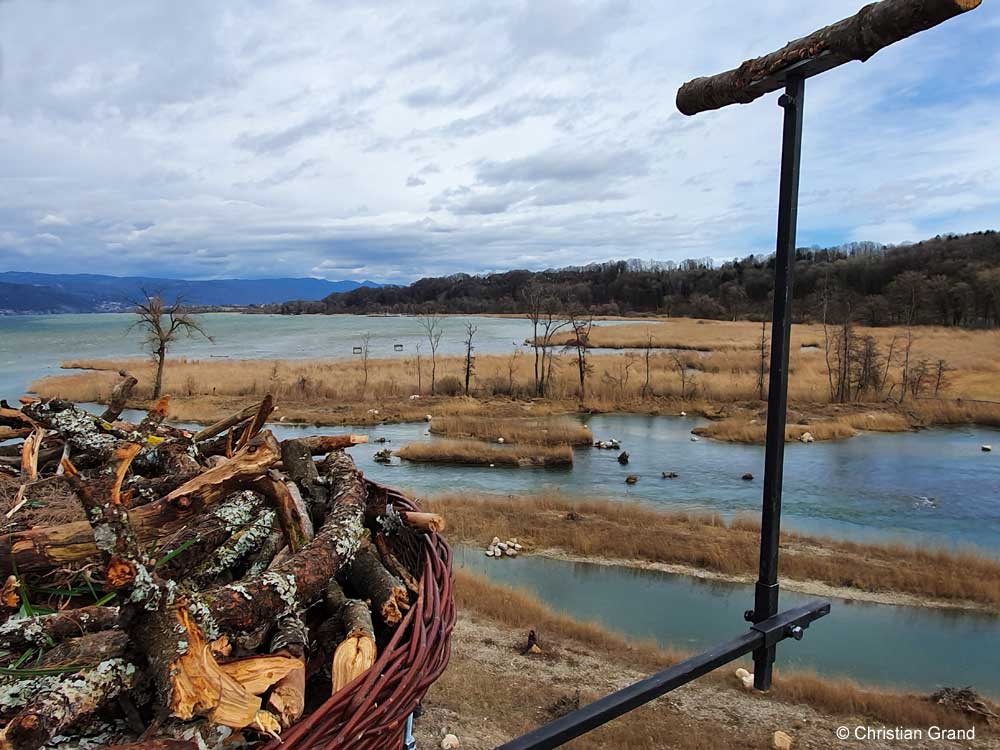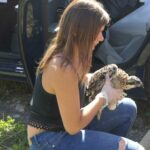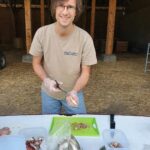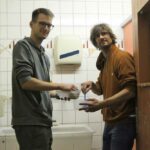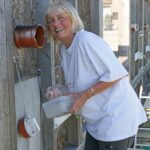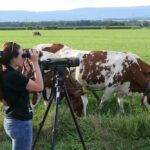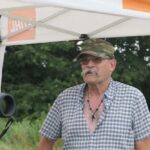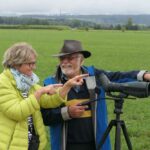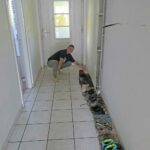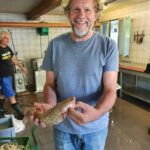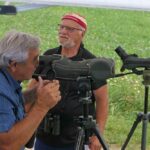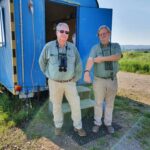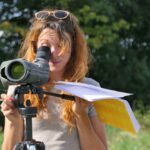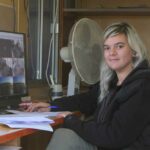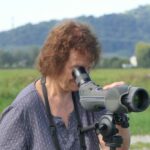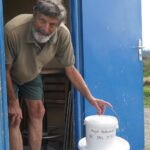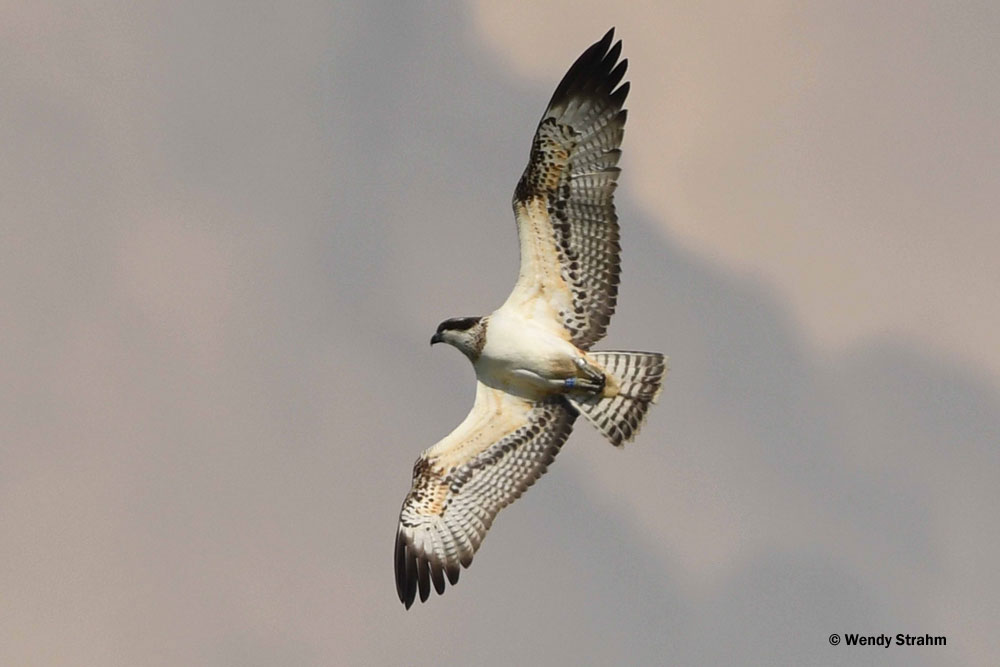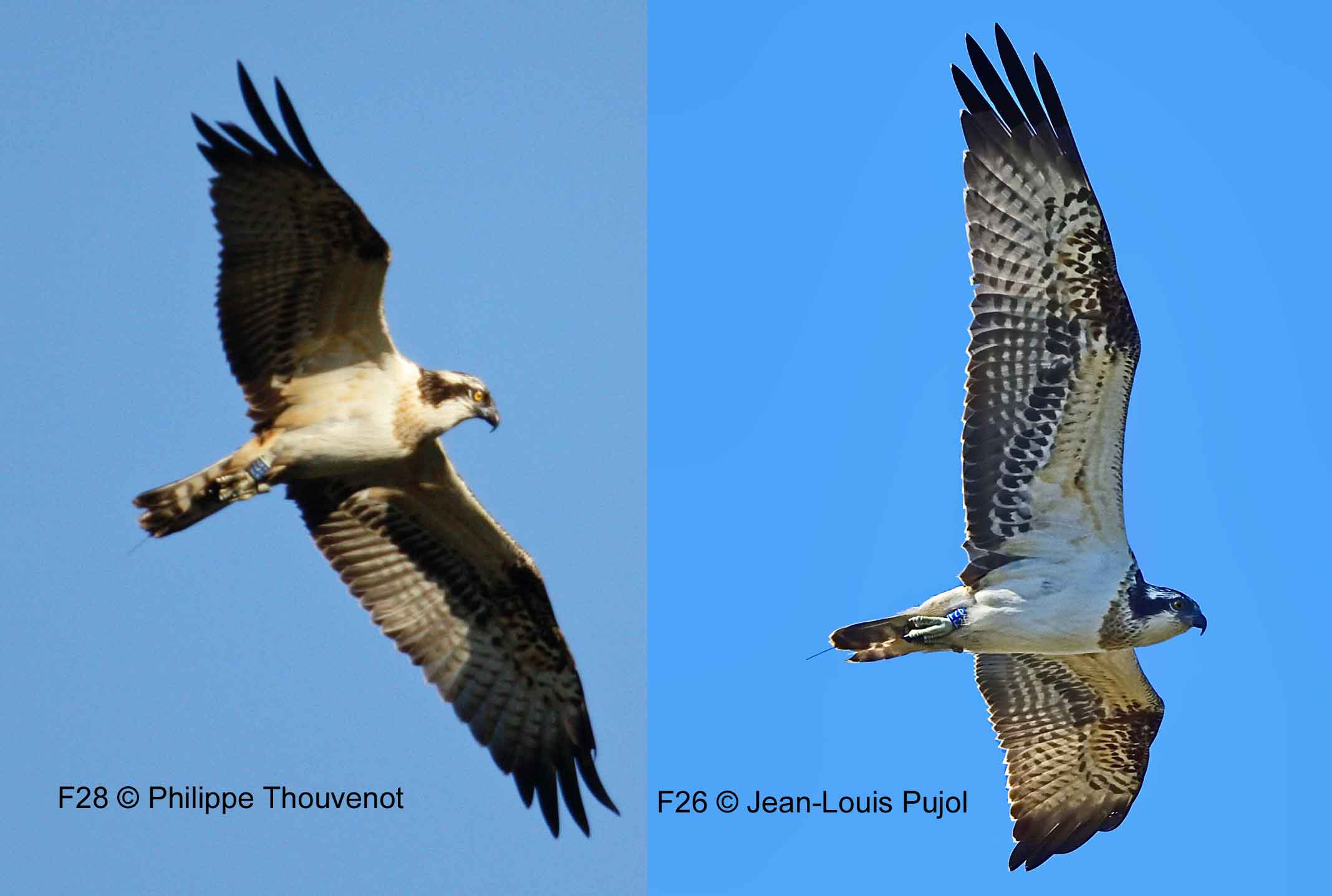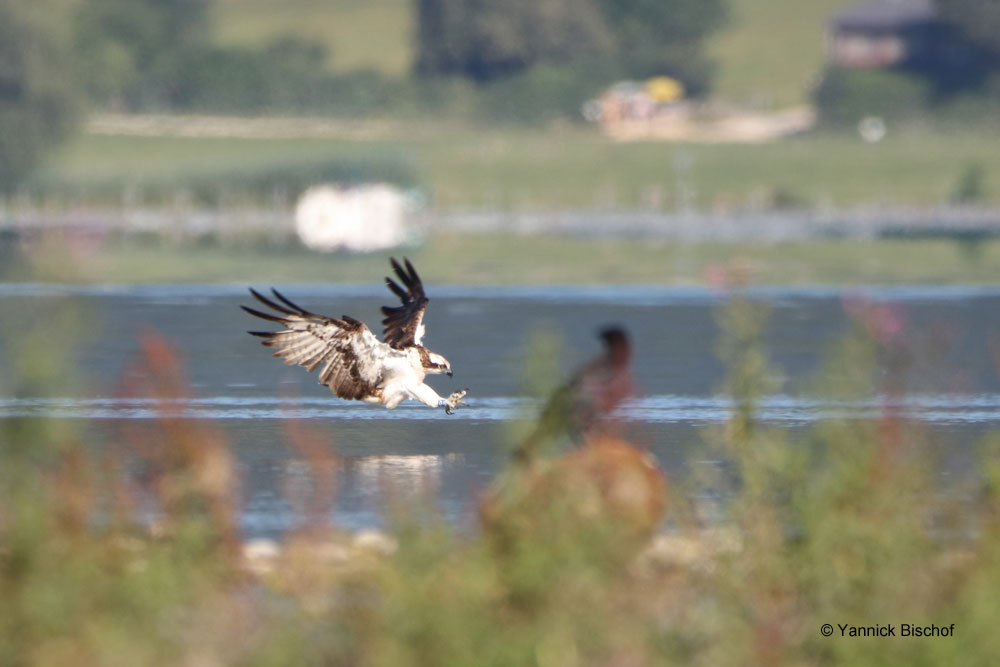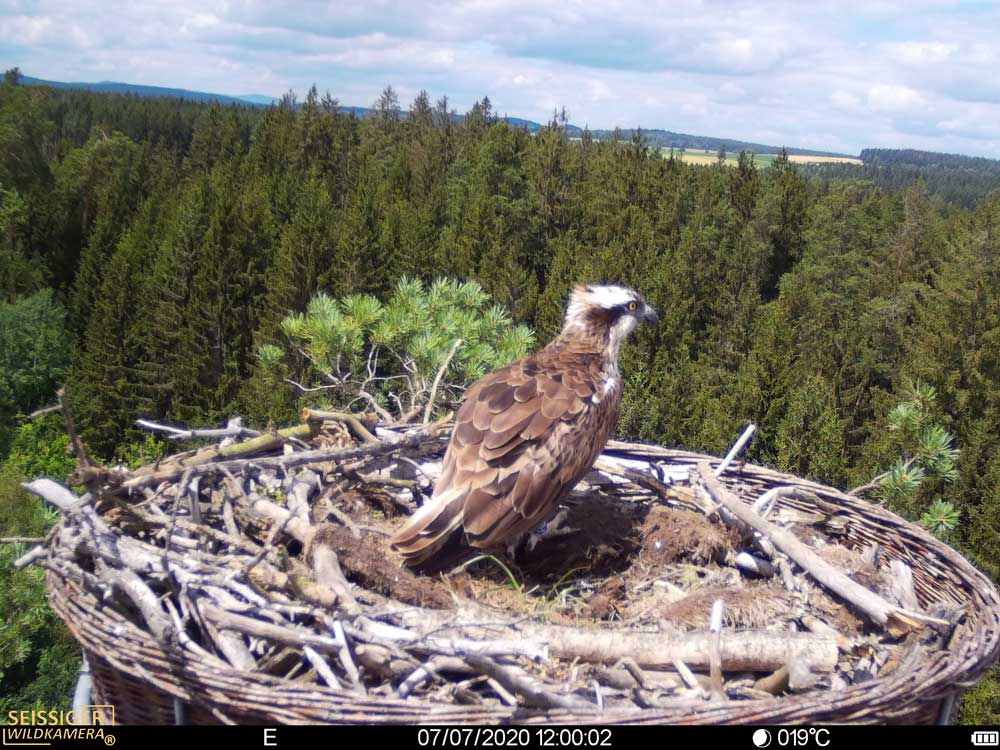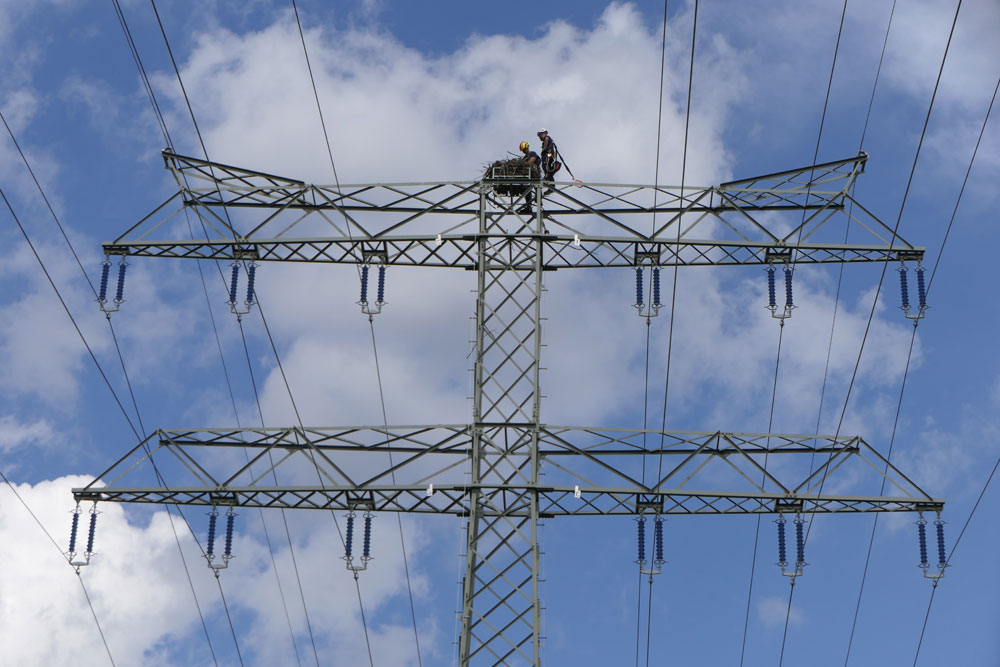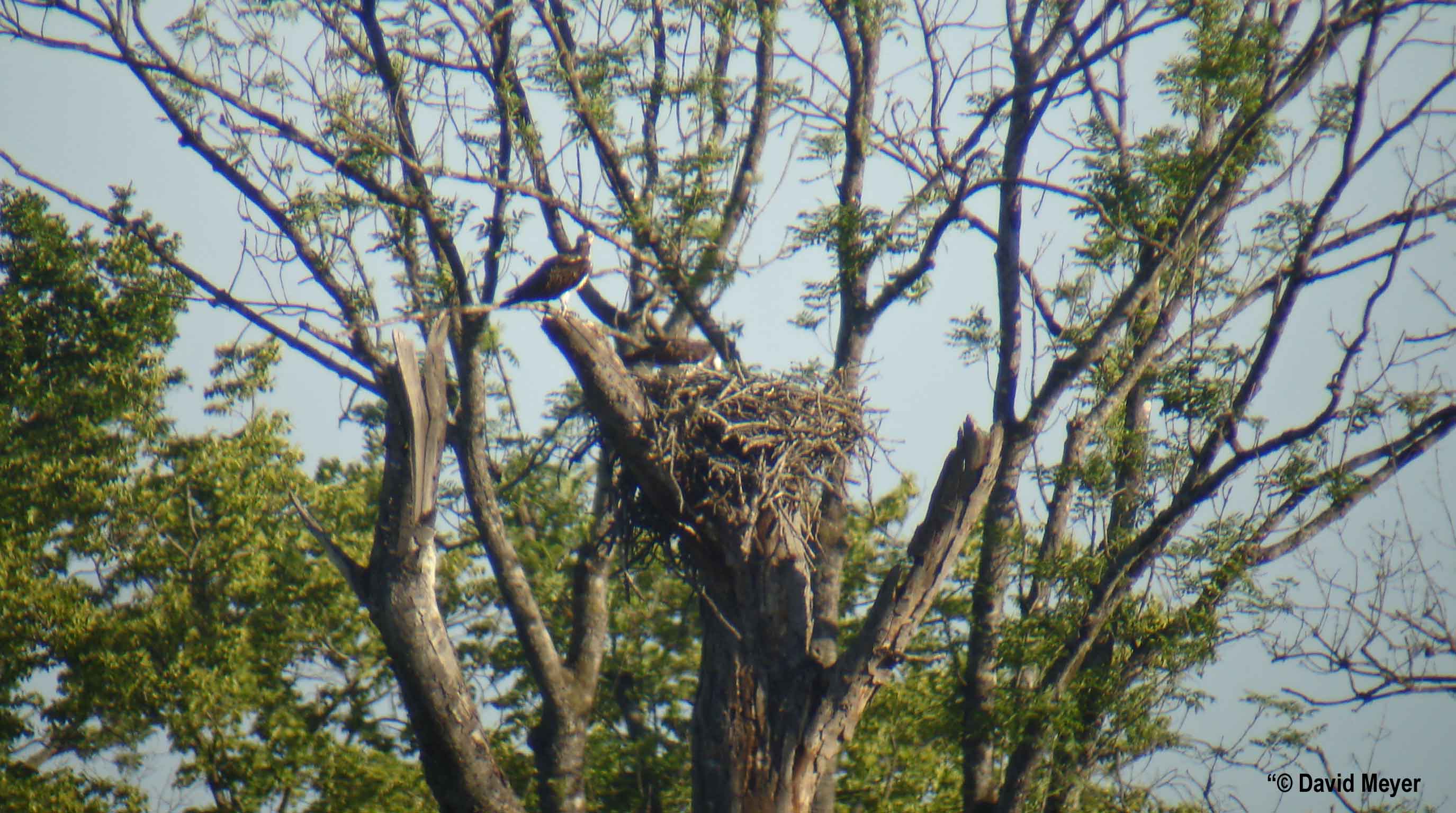A report on the 2020 Osprey Project season (“Projet Balbuzard Pandion haliaetus: retours et lâchers en Suisse 2020”) has been published in the March 2021 edition of the journal Nos Oiseaux. While only in French, this report summarizes the first breeding attempt of Mouche in the French Department of Moselle, where she had at least one chick which sadly did not survive. Two males (Taurus for the second year, and Arthur for the first) returned to Switzerland, although Fusée was not seen again. In addition, two females were photographed; Flamme (born 2017) in her wintering grounds in the Gambia (although we do not know where she goes in Europe), and Plume (born 2018) on four different artificial nest platforms in north-eastern Bavaria, Germany. Twelve more young birds from Germany and Norway were translocated and successfully migrated from Switzerland between 15 August and 17 September. At least five of them “visited” an unringed male several times during his three week long stop-over in the region last summer. The article can be downloaded here.
In 2021 we will focus on searching for possible Osprey territories in Switzerland. It will include organising three “Osprey mornings”, where volunteers will be stationed at the same time in the most likely Osprey fishing sites in the Three Lakes region (and maybe others along the Doubs or the Aar rivers). The simultaneous observations will take place from dawn to 10 am, on the Sundays May 9, May 30 and June 20. If you are interested and available in participating for at least two (or even better all) of the three days, please contact us with the dates when you are available and preferences for observation sites. Everyone inscribed will be contacted ten days before each date for the allocation of an observation point, to be determined based on the number of volunteers who have signed up. Many thanks for your participation in advance!

